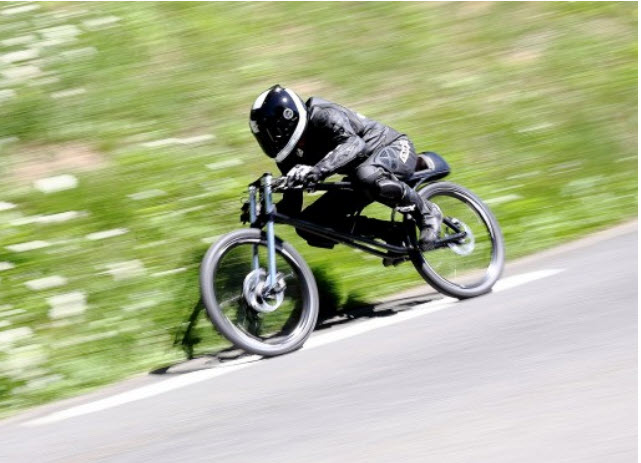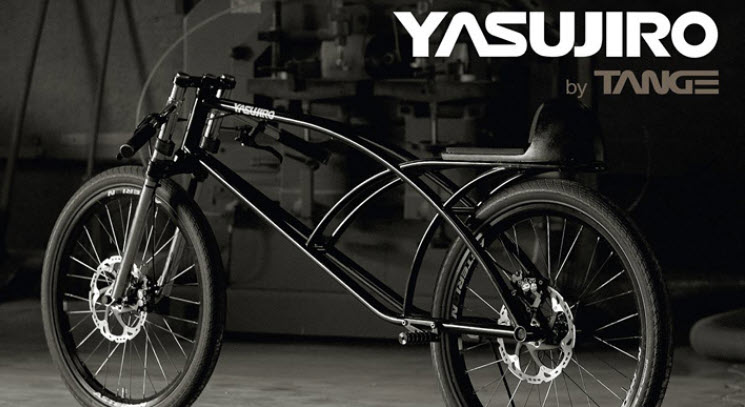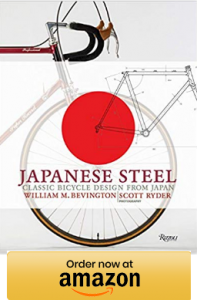
Tange started out in 1920, as Tange Iron Works founded by Yosujirou Tange, originally producing just bicycle forks. In 1950 all manufacturing was relocated to Sakai City, Osaka Prefecture. The next year they started manufacturing butted tubing.
Around 1957 Tange Iron Works became Tange Tekko Co., Ltd. and by the next year they were granted the prestigeous JIS certification by the Japanese Industrial Standards Society.
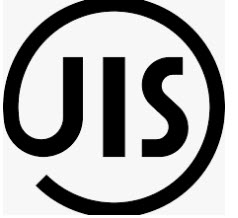
1965 to 1967 saw the next generation of the tapered forks with oval, butted blades. The numbered frame sets began which were later well known as the “Champion Series”. The lightest frame set was the “Pro” at 1.45kg. The numbers went up with the weight 2, 3, 4 and 5. The later 4 and 5 sets were eventually discontinued.
 |  |  |
Around 1974 an integrated complete frameset was started which included the production of dropouts and lugs with entire frame tube components. Tange intoduced their top of the line hand-made Champion Cr-Molly front fork.
 |  |
In 1979, Michiaki Tange, one of Yosujirou Tange’s sons, formed Tange Seiki Co. Ltd. in Osaka Japan and focused on making headsets and bottom brackets. Seiki means “Precision Machining” producing headsets and bottom brackets to precise Japanese machining standards and the highest quality possible. Over the course of the next 34 years, Tange Seiki became known as one of the most innovative headset and bottom bracket brands in the world. Tange Seiki led the way in high quality headsets such as the Levin series, first produced in the 1980’s and now have become popular once again with Fixie, Single Speed, and Retro bikes. In 1999 Tange Seiki invented the Zero Stack (semi-integrated) headsets which revolutionized the design of bicycles allowing them to be manufactured much lighter and stronger at the same time.
 |
Tange Seiki is a third generation company. Sato Tange, son of Tange Seiki’s founder Michiaki Tange and Yosujirou Tange’s grandson joined Tange Seiki in 1984 and became president in 2000. Sato’s eldest son, Eisuke, nicknamed “Ace”, has joined the company and carries on Tange Seiki’s commitment to Japanese excellence and standards
1984-1985, Tange introduces their heat-treated Prestige tubing with the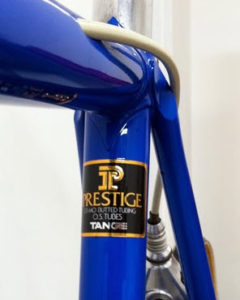 center walls drawn to .4mm. This tubing was often compared to Reynolds 753 However, Reynolds was made from manganese alloy vs the Prestige chrome-moly tubing. Another advantage was that, 753 needed a special certification to work with it, so frame builders were more likely to use the Prestige tubing. There was a “Super Lite” version of Prestige produced that was only 0.3 mm in the center section. It is rare to find a bike with this tubing, possibley because the tubes may have been to fragile to survive until today.
center walls drawn to .4mm. This tubing was often compared to Reynolds 753 However, Reynolds was made from manganese alloy vs the Prestige chrome-moly tubing. Another advantage was that, 753 needed a special certification to work with it, so frame builders were more likely to use the Prestige tubing. There was a “Super Lite” version of Prestige produced that was only 0.3 mm in the center section. It is rare to find a bike with this tubing, possibley because the tubes may have been to fragile to survive until today.
Many frame builders used Prestige at one time or another including Dave Moulton and Tom Ritchey. Tom Ritchey, around this time, was looking for someone who could put into production some ideas he had for butted tubing with specially tapered and directional-designed butted sections. He first went to Columbus who was unable to produce what he wanted. He then turned to Tange who were able to make it work and manufacture it. This tubing became “Ritchey Logic Tubing”
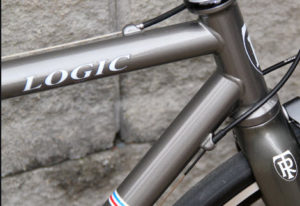
Tange went on to establish overseas manufacturing facilities in the late 80’s as Tange USA, Shenzhen Tange in China and Tange Taiwan. At this time they also introduced a fork utilizing Cr-Mo steel with heat-treated light alloys called “Fushion.”
1991 Saw the productions of the “Ultimate” tubing. A super premium tubing that still remains in production for normal builds and Keiren Racing bikes (NJS). 1997 Ownership of Japan Tange Inc., is sold to Shenzhen Tange. In 2011 new complexes are built in Taiwan. In 2015 a branded “Yasujiro” bicycle is launched to honor the founder. This along with the “Yasujiro Naked”, a polished steel bicycle with a clear coating.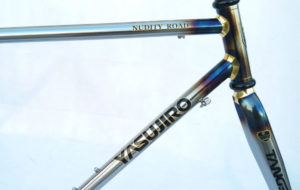 Another model, (see below) the gravity or speedback bike was manufactured to be one of the fastest mountain roadway bikes available. It was told that the French Moto Champion, Serge Nuques, decended at over 130 KPH.
Another model, (see below) the gravity or speedback bike was manufactured to be one of the fastest mountain roadway bikes available. It was told that the French Moto Champion, Serge Nuques, decended at over 130 KPH.
